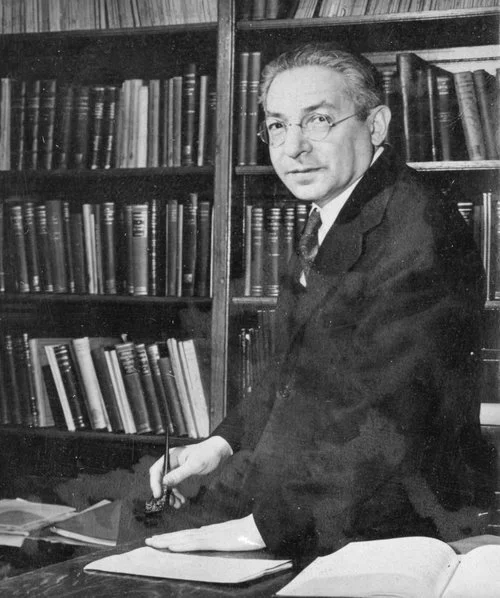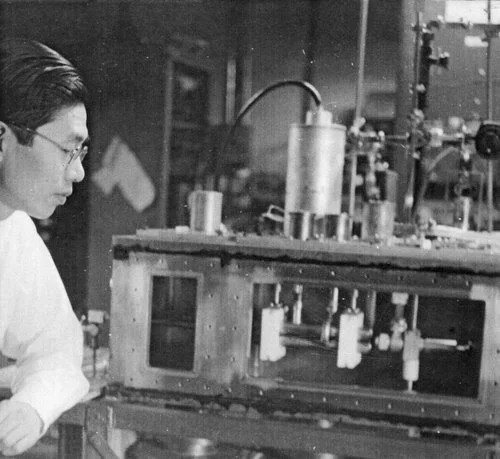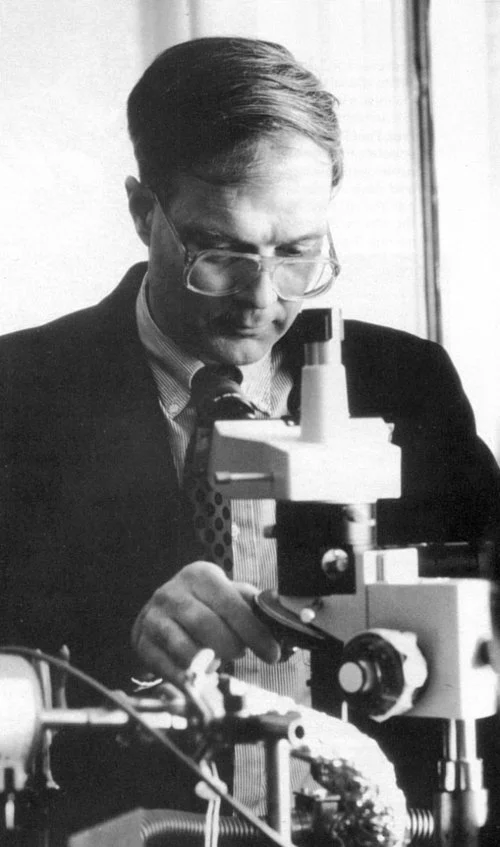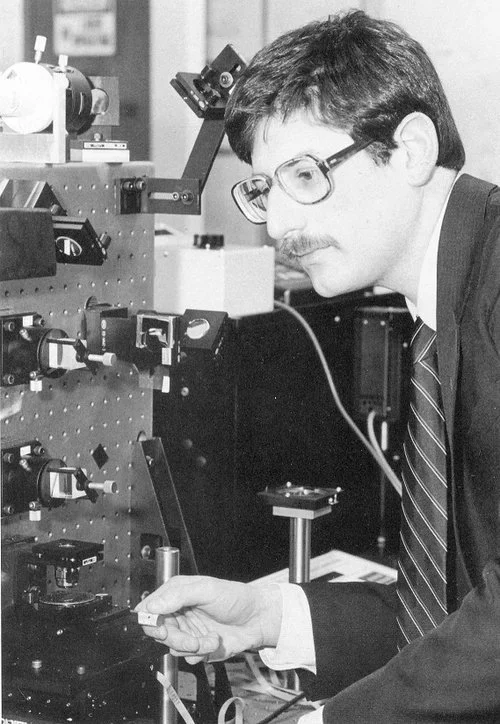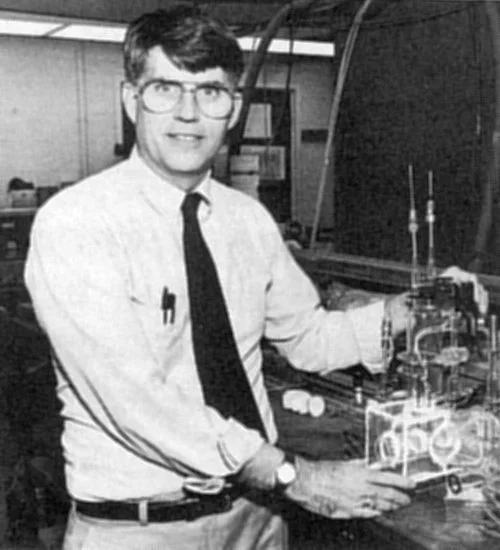CNI History
CISE was originally established as the Columbia Radiation Laboratory (CRL) under the directorship of Professor I. I. Rabi on March 1, 1942 to participate in the development of radar and related research critical to the United States in World War II. Associate director Dr. J. M. B. Kellogg assisted Rabi during the World War II years, 1942-46. Several factors contributed to the desirability of establishing such a facility at Columbia University: the location was central with respect to the radar industry; a well-equipped laboratory and untapped sources of scientific and engineering personnel were available; and the Columbia University site allowed research to be conducted in a location removed from the immediate service pressure on the Radiation Laboratory at the Massachusetts Institute of Technology.
The specific original assignment given to the Laboratory was the development of a pulsed transmitting tube designed to operate in the wavelength region of 1 cm. This was an essential step in meeting an urgent need to extend the operation of radar systems to shorter wavelengths. The practical advantages sought were higher resolution for the user and greater difficulty in jamming for the enemy. In June 1943, the Laboratory received a second general assignment to produce a tunable pulsed transmitting microwave tube operating in the 3-cm wavelength range. The purpose of the tube was to prevent jamming by multiple friendly radar systems operating in the same band and in the same spatial neighborhood. This assignment led to the invention and development of the "crown-of-thorns" tuning mechanism. The microwave source incorporating this principle was so successful that it served as a prototype for tunable magnetrons at other frequency ranges.
The initial scientific program mandated by the need for microwave tube development during World War II (1942) continued into the late 1950s under support of the Joint Services Electronics Program (JSEP). Following World War II, major efforts were mounted to measure and to understand microwave absorption spectra of molecules. The microwave work led to the development of the maser concept by Professor C. H. Townes in 1951, the first successful operation of the maser in 1954 (ammonia maser), and the award of a Nobel Prize to Townes in 1964. At about the same time as these spectroscopic techniques were being developed, the molecular beam laboratory became part of CRL and both microwave spectroscopy and maser spectroscopy were coupled to the molecular-beam technology.
After the development of the maser at Columbia, attention turned to the extension of the maser concept to short wavelength devices (visible and IR) culminating in a seminal paper by Townes and Schawlow in 1958 describing the possible use of Fabry Perot resonators for optical masers. Thus the development of the first laser systems was heavily influenced by the CRL "alumni," Townes, Schawlow, Javan, and Bennett. Six Nobel Prizes have been conferred upon scientists who participated in the Columbia Radiation Laboratory program: Professor I. I. Rabi, 1944; Professor P. Kusch, 1955; Professor W. E. Lamb, Jr., 1955; Professor C. H. Townes, 1964; Dr. A. A. Penzias, 1978; and Professor A. L. Schawlow, 1981.
Following World War II, Professor D. P. Mitchell, assumed the directorship of CRL from 1946-50. He was succeeded in turn by Professor C. H. Townes, 1950-52; Professor P. Kusch, 1952-60; Professor R. Novick, 1960-68; Professor S. R. Hartmann, 1968-76; Professor W. Happer, 1971-79; Professor G. W. Flynn, 1979-2000; and Professor R. M. Osgood, 1984-2000. Professors Hartmann and Happer served as Co-Directors during 1971-76, as did Professors Flynn and Osgood from 1984-2000. In 2000 Prof. James Yardley was appointed director of the organization.
The major activities of the laboratory from the mid-1950s through the late 1970s, however, involved a literal explosion in studies and development of infrared visible, and ultraviolet lasers. Thus began activities to study atomic and molecular collisions, relaxation rates, and electromagnetic propagation phenomena. The intent was to develop more powerful, efficient, and useful laser devices and to apply these devices to the study of fundamental physical processes in nature. Thus a concept born out of fundamental ideas in physics (maser) led eventually to the establishment of the field of quantum electronics.
In the mid-1970s, a critical decision was made by Co-Directors Hartmann and Happer to expand the scientific program into the Departments of Chemistry and Electrical Engineering. This led eventually to the development of CRL as an integrated, interdisciplinary laboratory with a broad range of activities in solid state and microelectronics, signal processing, picosecond phenomena, photochemistry and surface photoetching, and surface and solid-state physics.
From the 1990s into the 21st century, the research program of CISE has evolved into concerted research programs in materials science and environmental science under the leadership of Prof. Richard Osgood and George Flynn. In 2001 the name of the organization was changed to Center for Integrated Science and Engineering (CISE) to reflect more accurately the activities of the Center and to designate the multidisciplinary nature of the programs of the Center.
Professor I. I. Rabi
Professor C. H. Townes
Professor Richard Osgood
Professor Irving Herman
Professor George Flynn

